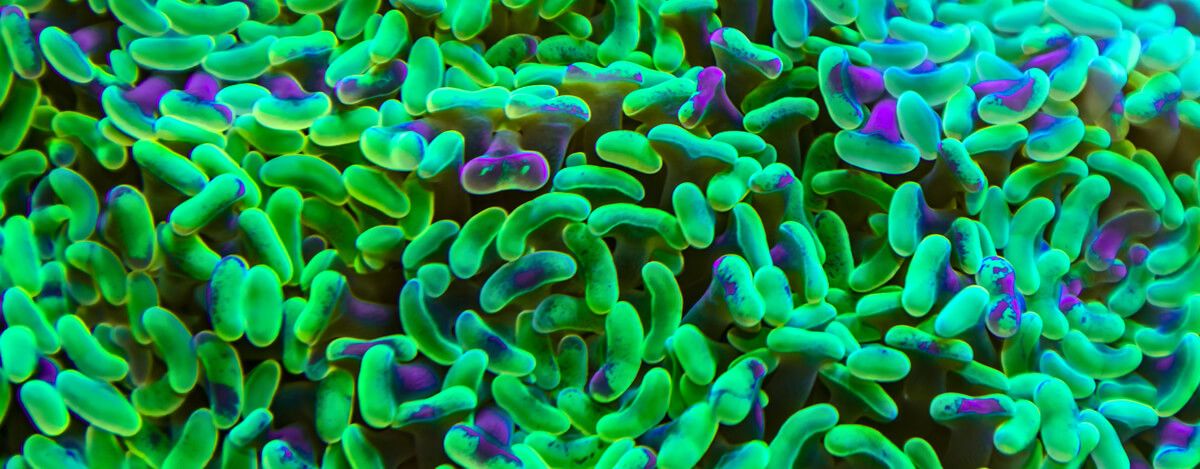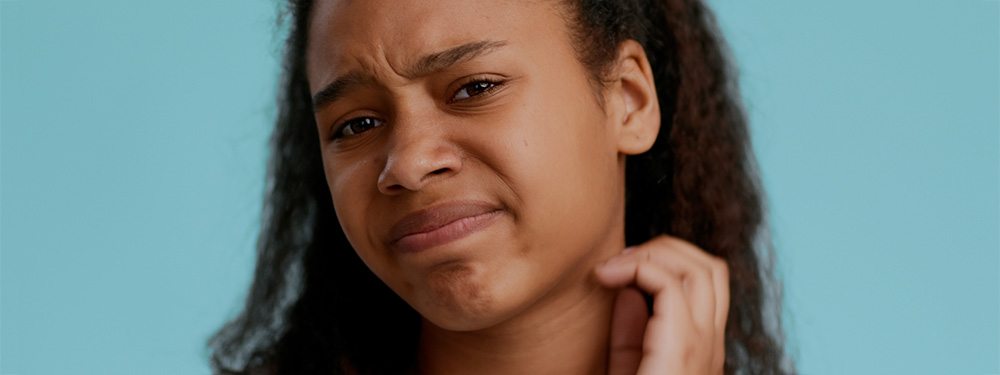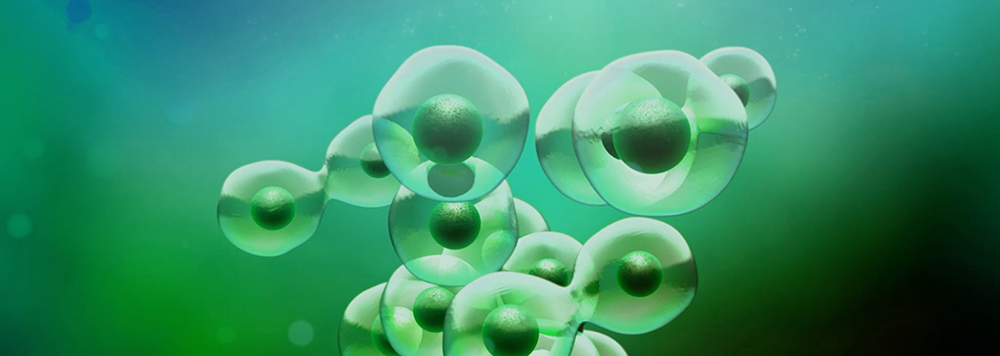
read time: 4 min
Health & Wellness, Nutrition
Digestive microorganisms: the good, the bad, and the fascinating
You’re about to enjoy a spoonful of strawberry yogurt when you notice the container says, “Contains live cultures.” What?! That means it contains bacteria, but don’t worry—those microorganisms are actually great for you. In fact, trillions of your own bacteria are already shimmying around your body right now in your microbiome. That’s where good and bad bacteria co-exist harmoniously and help keep you healthy. Here’s what you need to know about taking care of this ecosystem inside you.
What is the human microbiome?
A human microbiome is a collection of trillions of microorganisms living in communities. These microorganisms, also called microbes, are microscopic, but altogether they make up 1% to 3% of your body mass.1 Microbiome communities can be found throughout your body, like throughout your digestive system or inside your mouth.
The microbes inside your microbiome include a plentiful, unique combination of good bacteria, bad bacteria, viruses, parasites, and fungi. Bacteria (both good and bad) tend to be the most prominent microbes, and by some estimates, there are at least as many bacterial cells as human cells inhabiting the average body.2
They say variety is the spice of life, and that’s never been truer when it comes to your microbiome. A diverse community of microbes enhances healthy immune functions.2 Between the foods we eat, the places we live, and the hands we shake, you can imagine how different everyone’s microbiome can be.
Your microbiome started when you were little and continues to grow and populate. Everyone’s bacteria blend is different, but these 4 main factors influence your microbiome’s diverse makeup:
There’s no set ratio for the number of good versus bad microbes. In fact, your unique microbiome is dynamic and can change monthly, weekly, or even daily.
So, what does your microbiome do?
The microbes of your microbiome are, in general, helpful. They co-exist happily, each with special jobs to do. For example, helping your body break down toxins in your intestines and processing vitamins and amino acids (the fundamental building blocks of proteins) you get from your food. And that helps stimulate and rev up your immune system.
But sometimes, bad bacteria can multiply and outnumber the good, resulting in an imbalance called dysbiosis. And it can lead to a whole host of problems.
What happens when your gut microbiome is out of balance?
On a healthy day, you have more helpful than harmful bacteria in your microbiome. But in the case of illness, disease, or use of antibiotics, the bad bacteria get competitive and can cause damage.
Short-term signs that your microbiome is out of balance could include bloating, gas, stomach cramps, diarrhea, or constipation. But microbiome imbalance can lead to more serious health issues. Crohn disease (a type of inflammatory bowel disease) has been linked with reduced numbers of firmicutes, a type of good bacteria.3 Similarly, ulcerative colitis patients have shown restricted gut microbiome biodiversity and an increased population of unusual bacteria.3
How do you maintain a healthy microbiome?
Just like any other community (population: trillions), your microbiome needs special care to thrive.
When you feed your microbiome (and yourself) healthy foods, your gut bacteria works to break down and absorb nutrients to help you fight infections. Your good health is a win for them, too. There are 2 ways to ensure you’re giving your microbiome what it needs:
1. Prebiotics
Prebiotics are natural plant fibers that stimulate the growth of healthy bacteria in your gut, and they’re found in high-fiber fruits and veggies. These complex carbohydrates aren’t digestible by your body, so the fiber passes through your digestive system to become food for your microbes.4
If your diet doesn’t already include lot of fiber, introduce it slowly. Too much too soon can cause cramping, bloating, and constipation. And to make room for more fiber on your plate, you can pass on processed foods, refined grains, and fried foods.
2. Probiotics
Unlike prebiotics which fertilize your gut to grow good bacteria, probiotics contain ready-to-go live organisms (good bacteria). These specific strains of bacteria add to the ranks of healthy bacteria in your gut. Picture an ensemble of battle-ready bacteria superheroes in fermented, probiotic foods, like yogurt, kombucha, kimchi, and sauerkraut.5 Even a scoop of frozen yogurt contains some live probiotic cultures. (But in the case of both regular yogurt and froyo, beware of added sugars.)
Probiotics are a great addition to your daily diet but can be particularly beneficial after you’ve finished a prescription for antibiotics. The antibiotics did their job to rid your body of bad bacteria, but they also took out a few good bacteria along the way. So give your microbiome a boost and use probiotics to replenish helpful bacteria post-illness.6
More ways to add good bacteria
Prebiotics and probiotics also come in the form of supplements. There are dozens of supplements you can buy containing a slurry of bacteria types and species. You might find some marketed to treat conditions such as irritable bowel syndrome. Similarly, there are a lot of home tests for checking on the population of your microbiome. But be aware, these tests involve fresh fecal matter. If you’re not sure which supplements or tests are right for you, consult with your doctor.
In rare cases, someone’s microbiome community can get severely depleted of good bacteria. When that happens, doctors can take fecal matter from a healthy donor and transplant it into a patient to introduce better bacteria. A poop transplant may sound wild, but it’s been shown to work.
The future of microbiome research
Microbiome researchers have their work cut out for them, studying an immensely vast and ever-changing part of our bodies. It’s a new field with a lot of unanswered questions.7 Since the National Institutes of Health launched the Human Microbiome Project, we’re getting a better understanding of the microorganisms that impact us. Ongoing and future microbiome research hopes to make strides in combating microbiome imbalance and the development of chronic illness.2 For now, it’s important to take care of what you’ve got. Natural high-fiber foods plus natural probiotics equal a happy, habitable gut.
References:
1 NIH Human Microbiome Project. Institute for Genome Sciences, University of Maryland School of Medicine. Published February 2016. Accessed November 29, 2022. https://www.hmpdacc.org/overview/
2 Manos J. The human microbiome in disease and pathology. APMIS. Published April 2022. Accessed November 29, 2022. https://onlinelibrary.wiley.com/doi/10.1111/apm.13225
3 Salem F, Kindt N, Marchesi JR, et al. Gut microbiome in chronic rheumatic and inflammatory bowel diseases: Similarities and differences. United European Gastroenterology Journal. 2019;7(8):1008-1032. Published August 2019. Accessed November 29, 2022. https://pubmed.ncbi.nlm.nih.gov/31662859/
4 Prebiotics, probiotics and your health.
Mayo Clinic. Published February 27, 2021. Accessed November 29, 2022. https://www.mayoclinic.org/prebiotics-probiotics-and-your-health/art-20390058
5 Improving your health with fiber.
Cleveland Clinic. Published April 15, 2019. Accessed November 29, 2022. https://my.clevelandclinic.org/health/articles/14400-improving-your-health-with-fiber
6 The microbiome.
Harvard School of Public Health. Accessed November 29, 2022. https://www.hsph.harvard.edu/nutritionsource/microbiome/#role-probiotics
7 Wolfe, B. What do at-home microbiome tests tell us about microbes living in our guts? Tufts Now. Published August 16, 2022. Accessed November 29, 2022. https://now.tufts.edu/2022/08/16/what-do-home-microbiome-tests-tell-us-about-microbes-living-our-guts









